# Copenhagen Cycling 2022
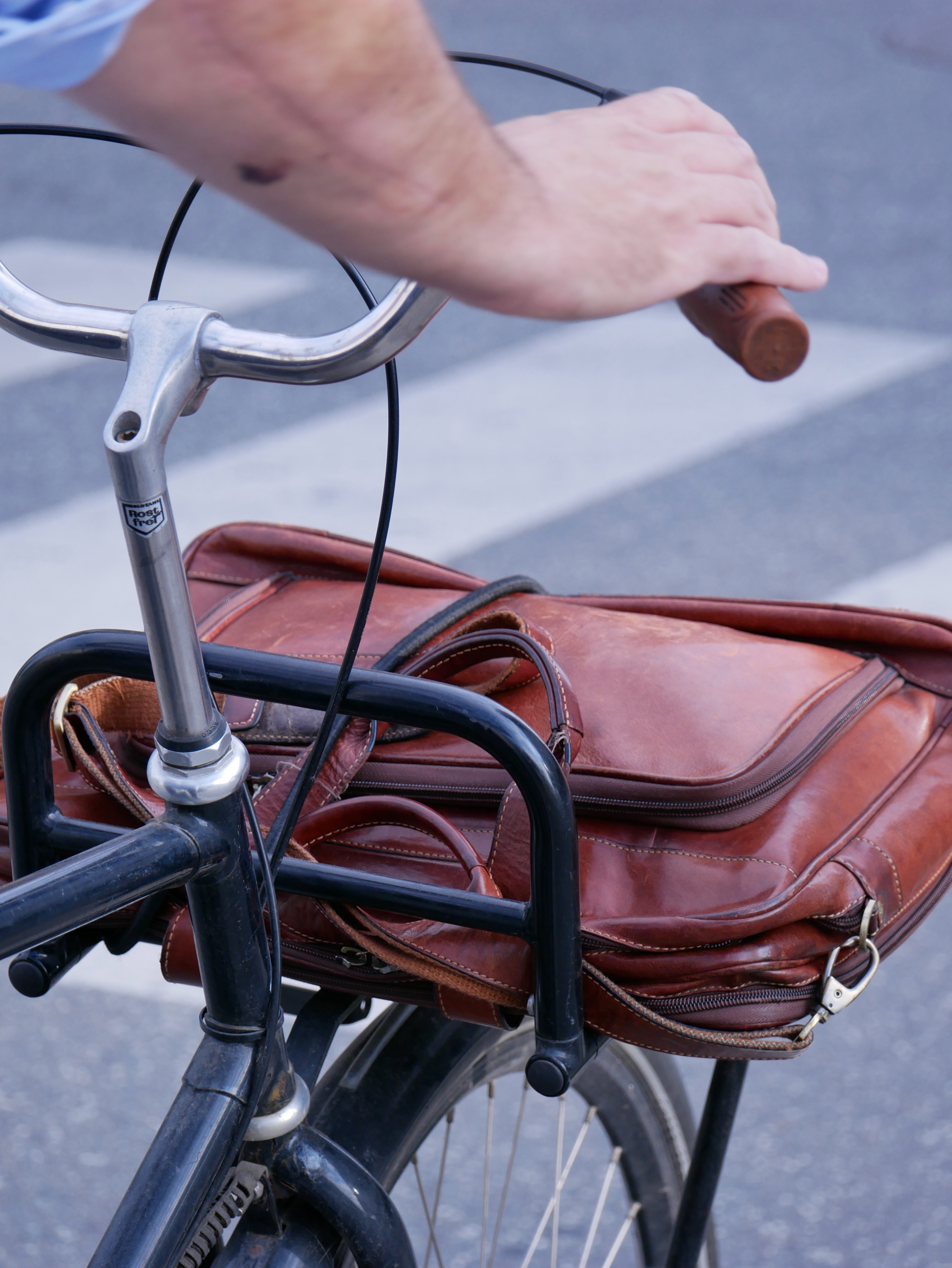
I visited Copenhagen this summer and spent a very happy four days cycling around in the city centre. It was great, so easy, even becoming predictable despite being on the other side of the road with different infrastructure from Cambridge. There seemed to be a lack of signs too but that was perception - photos show plenty of signs were there. The perception is significant though and it wasn’t just because I was on holiday. Where to place oneself on the road, where the cycle path flowed next, what to do at junctions, almost always felt right. Where the cycle path was interrupted by building works, there were temporary paths in place, even temporary tarmac to provide a slope instead of a step at a kerb. There was a sense of cycling is expected here, not at the exclusion of other modes of transport, just being one of them. There was an ethos of cooperation and, with the aid of clear infrastructure, a sense of who had priority. It wasn’t perfect but it felt joined up and normal. “It” being both the notion of cycling in the city and the infrastructure in place.
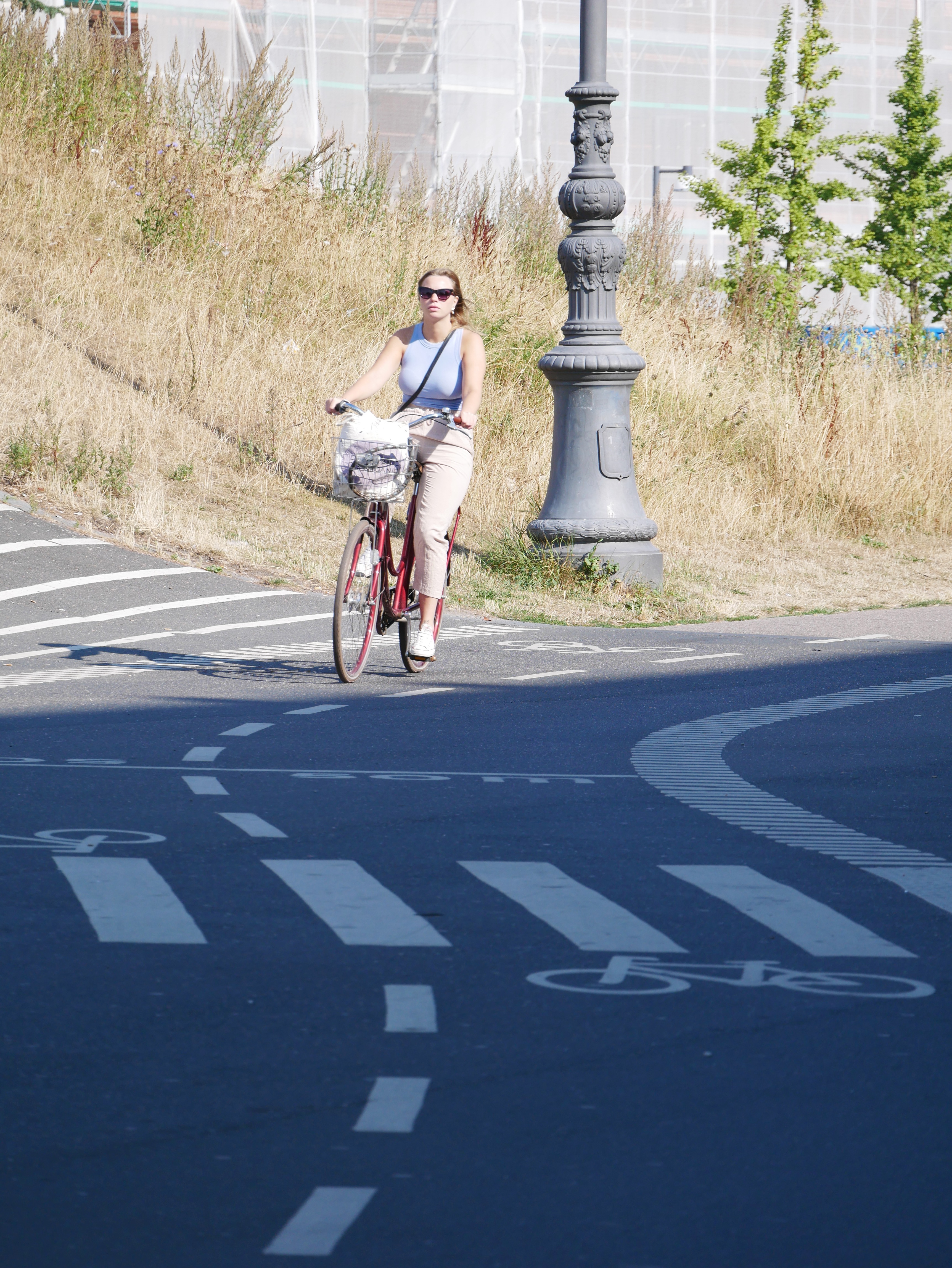
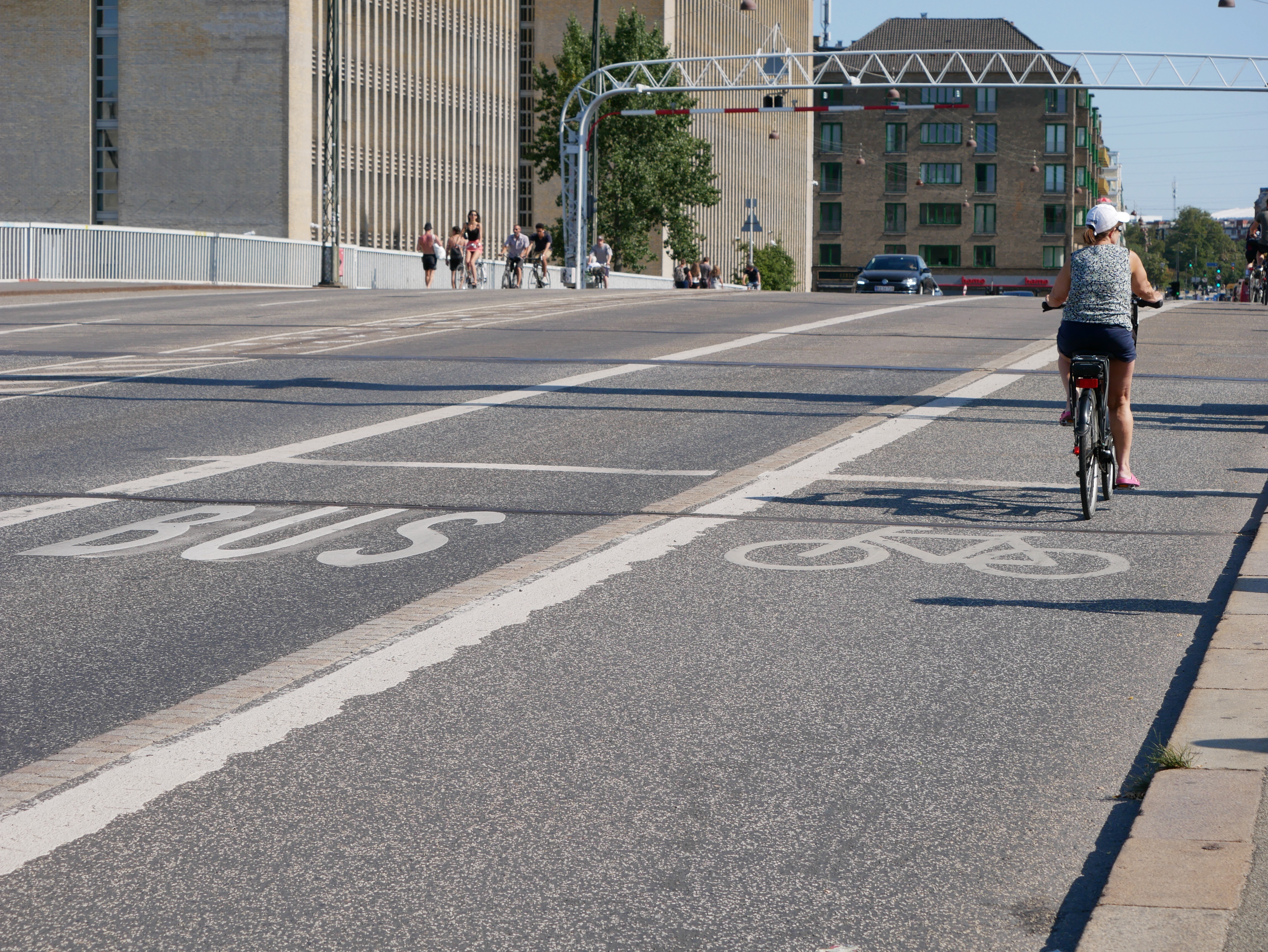
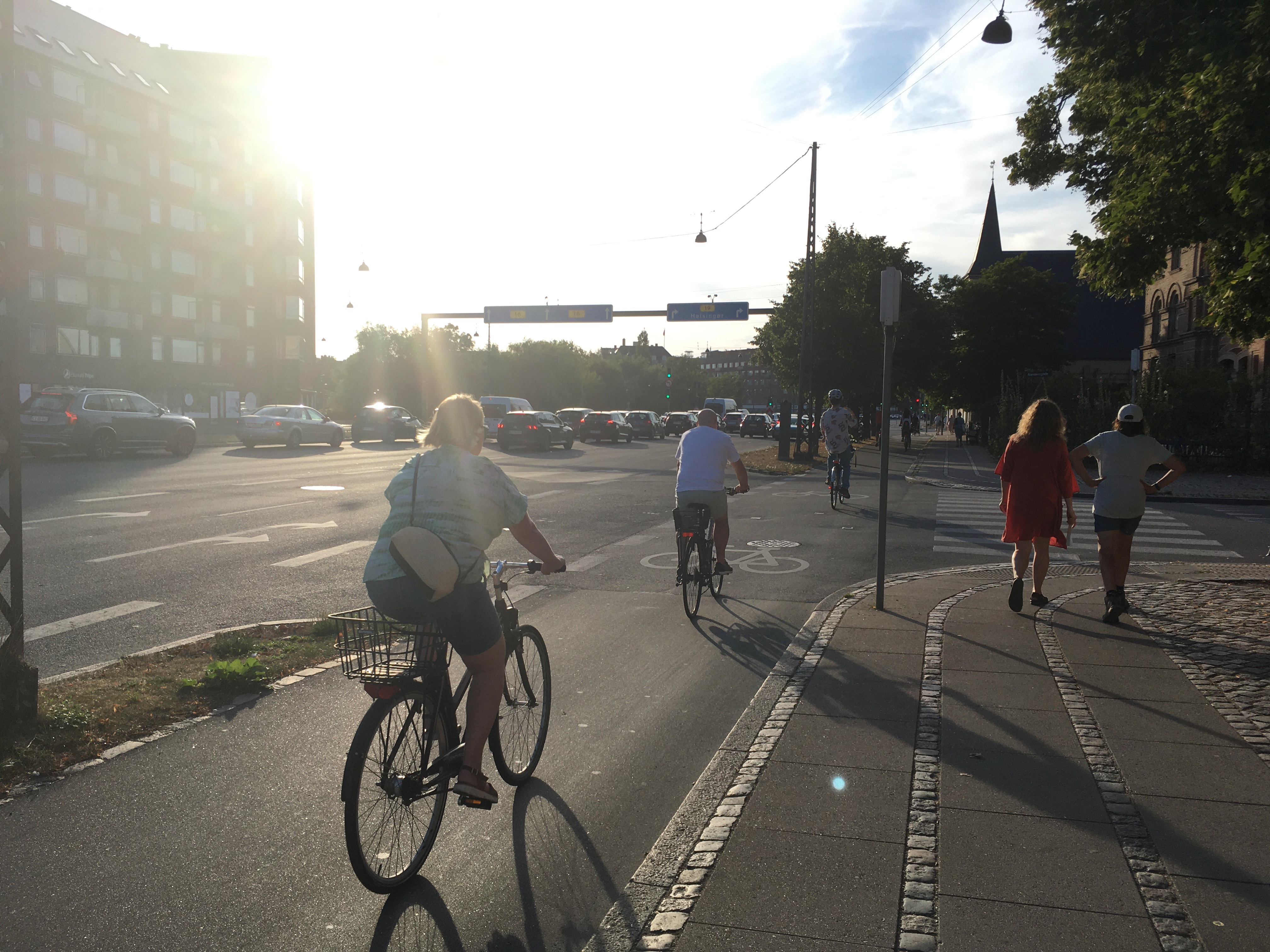
The ethos on the shared road-space, the normality of cycling and the acceptance by drivers of motorised vehicles was palatable and critical I suggest. Critical to uptake and ease of travelling by bicycle, the underlying sense of not being an anomaly or awkward obstacle came from observation of priority, minimal but appropriate signage and a sheer abundance of cyclists. Not once was I disgorged into uncertainty; if a cycle route ended it became a signed shared pedestrian-cyclist space. Occasionally, where instructed, I complied and become a pedestrian - I quickly saw the reason and it made sense. My overall journey was straightforward and pleasant.
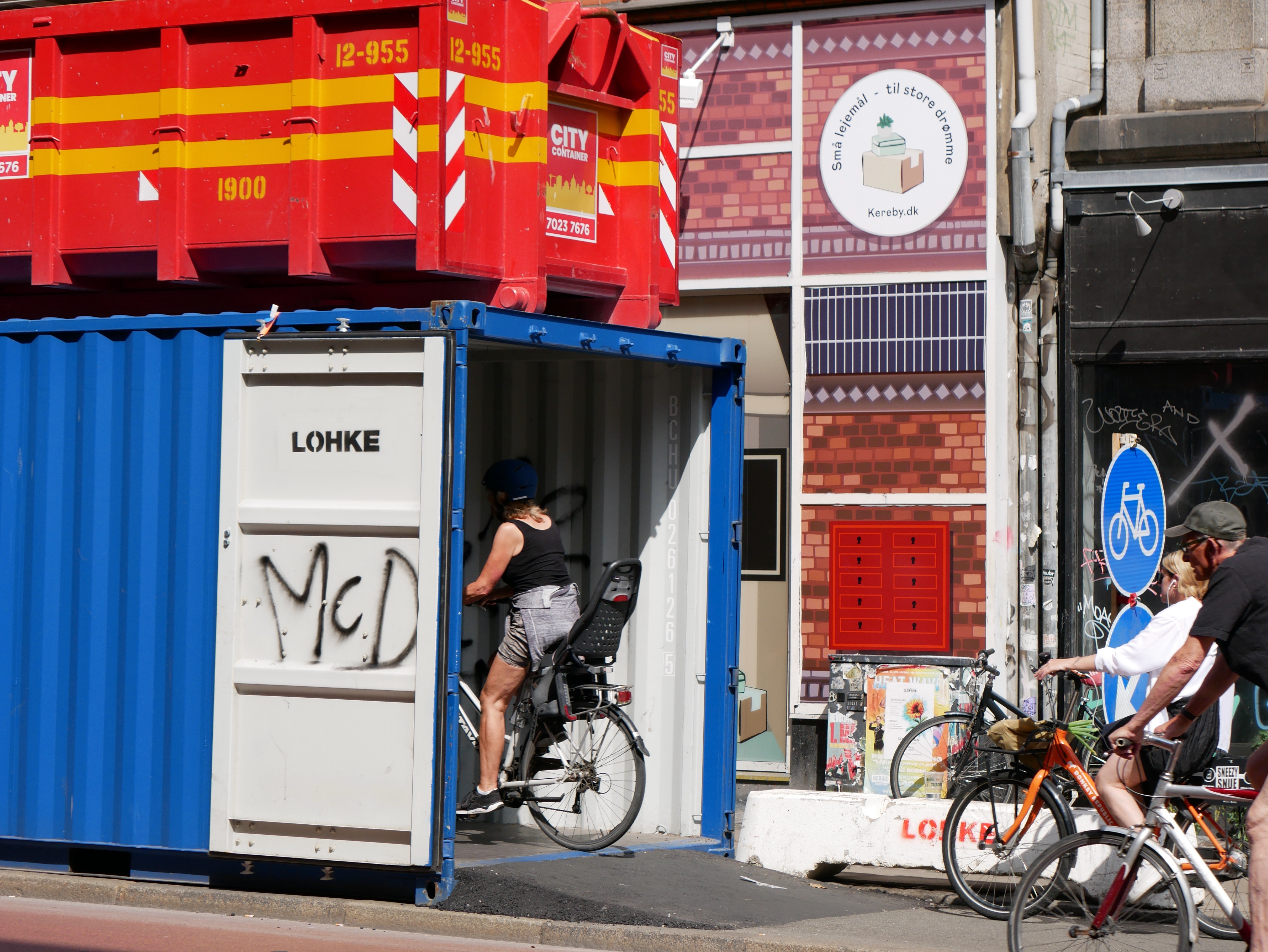
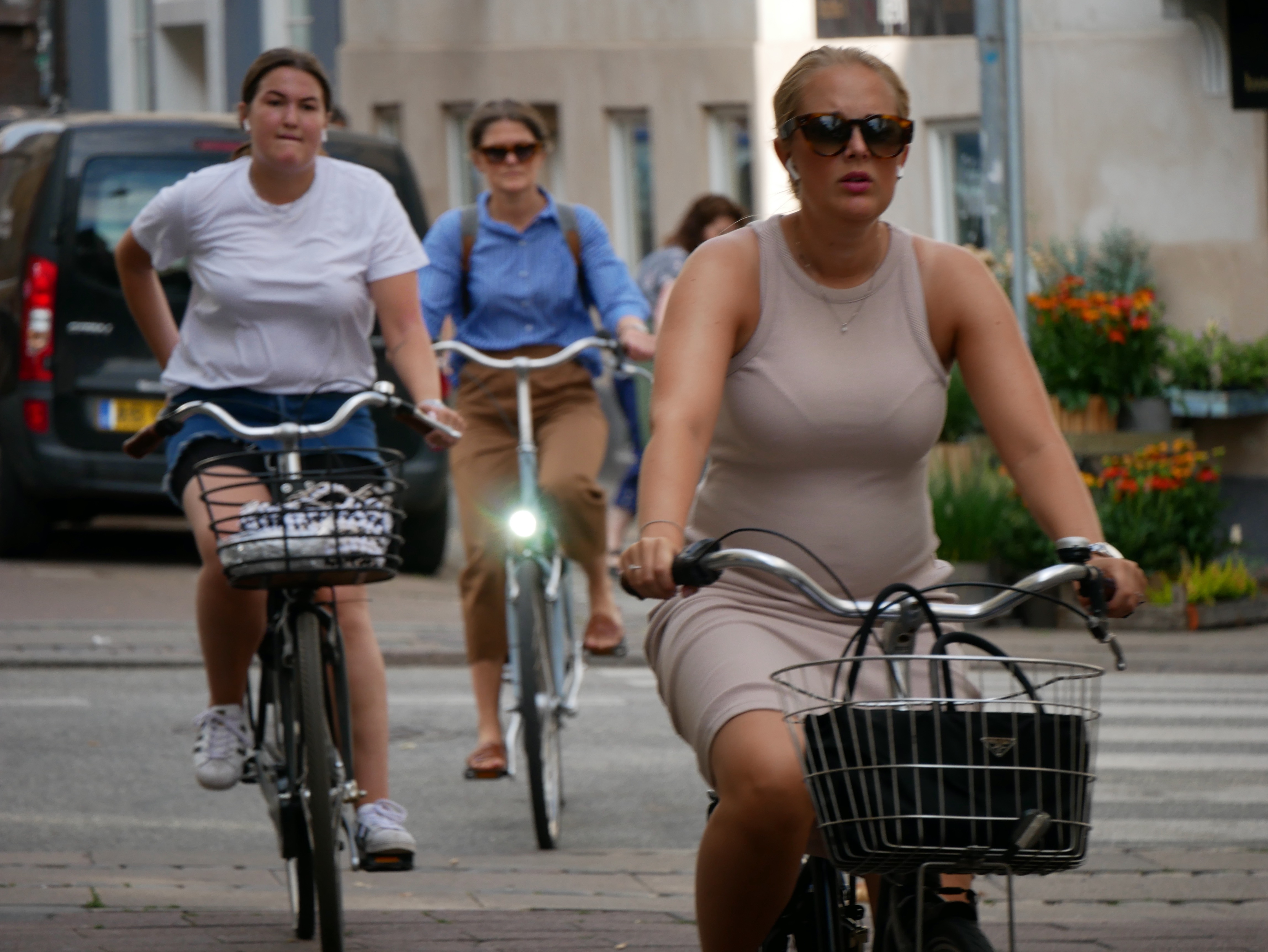
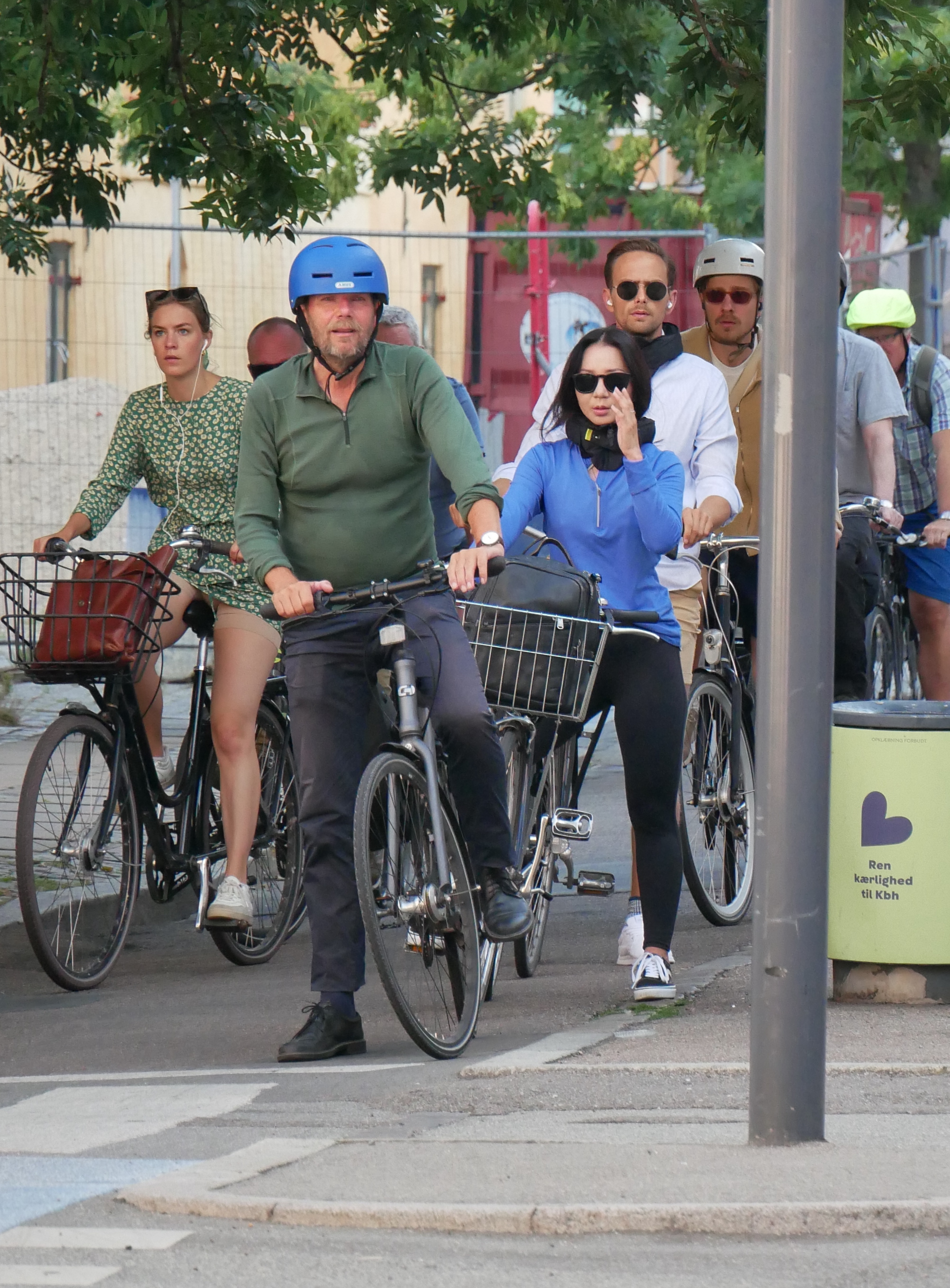
Being summer and with family, swimming spots, museums and ice cream featured highly. Parking was never an issue. Mildly alarming using just the in-built lock but that was all the hire company required. There were significant numbers of bicycles parked in popular spots. With a stand and lock as part of the bicycle there wasn’t even a need for a lamppost or fence but usually there was an abundance of cycle parking facilities.
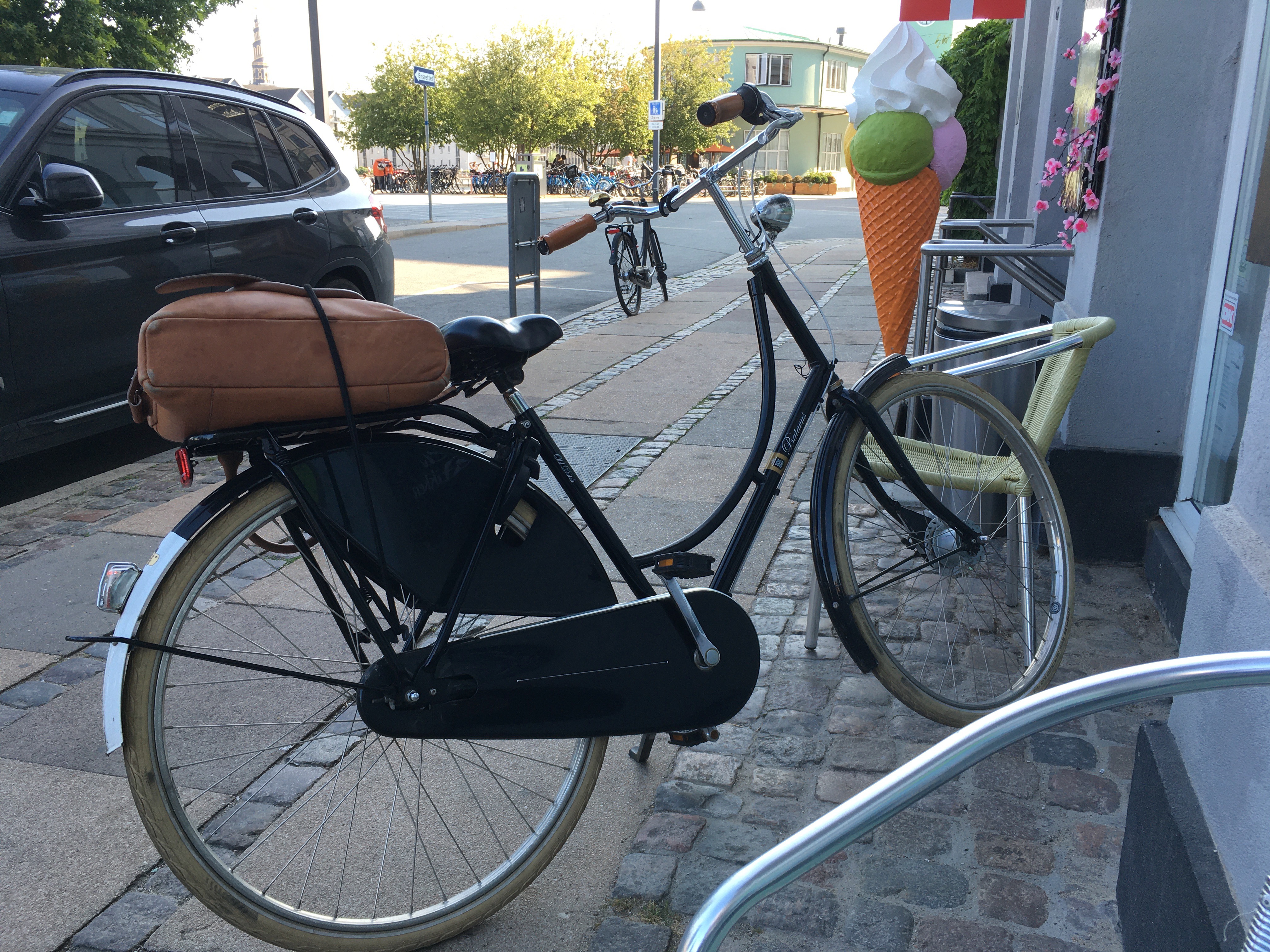
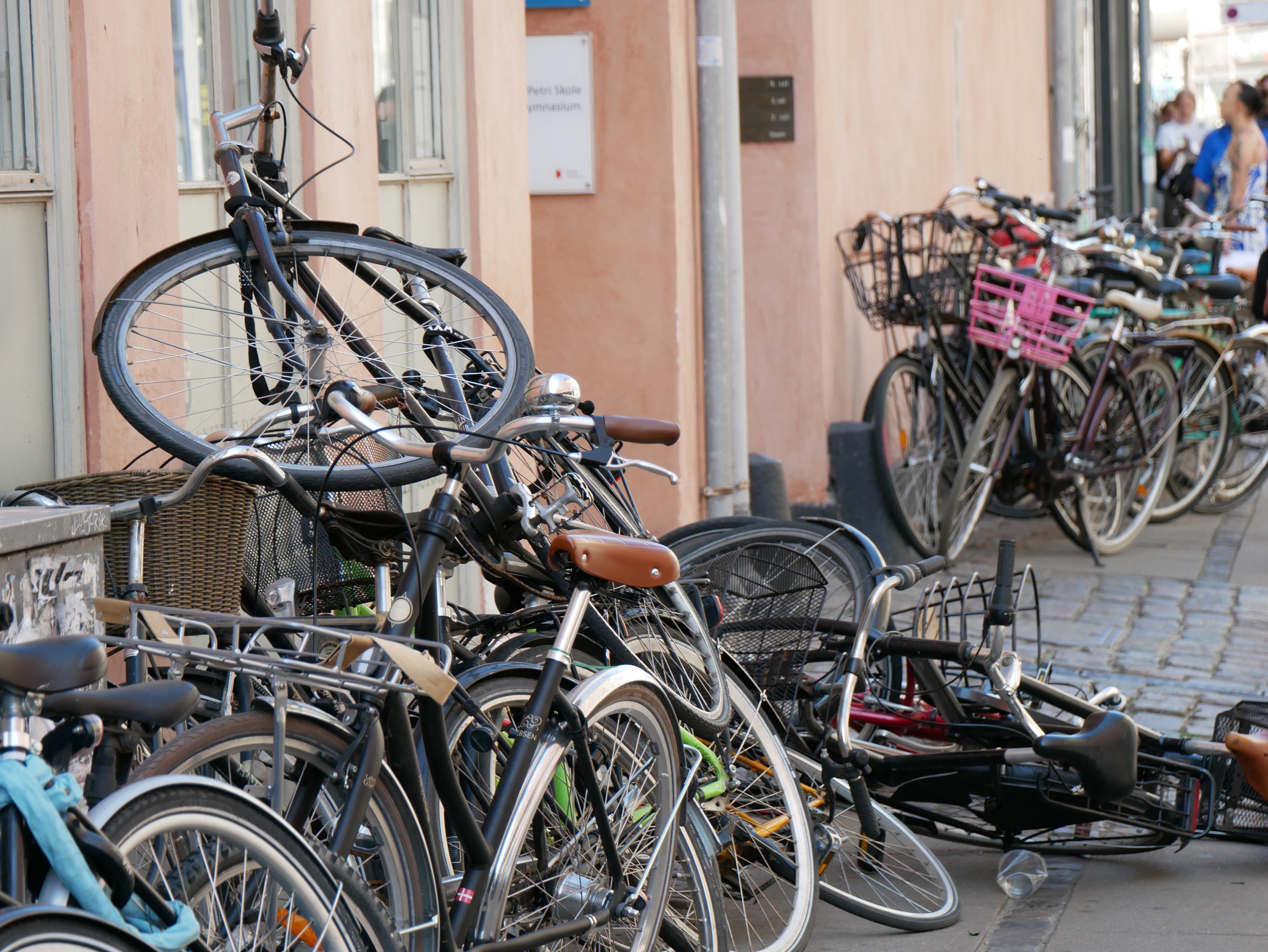
Signs and road markings were helpful and informative, nowhere I saw was there a forest of signs. Cycling was not given free rein: cycling the main path in the cemetery where Kierkegaard is buried was clearly encouraged by bicycle signs yet the side paths were very clearly marked as not for cycling. I came away feeling there was an expectation of citizenship and respect for the other people about in the same space.
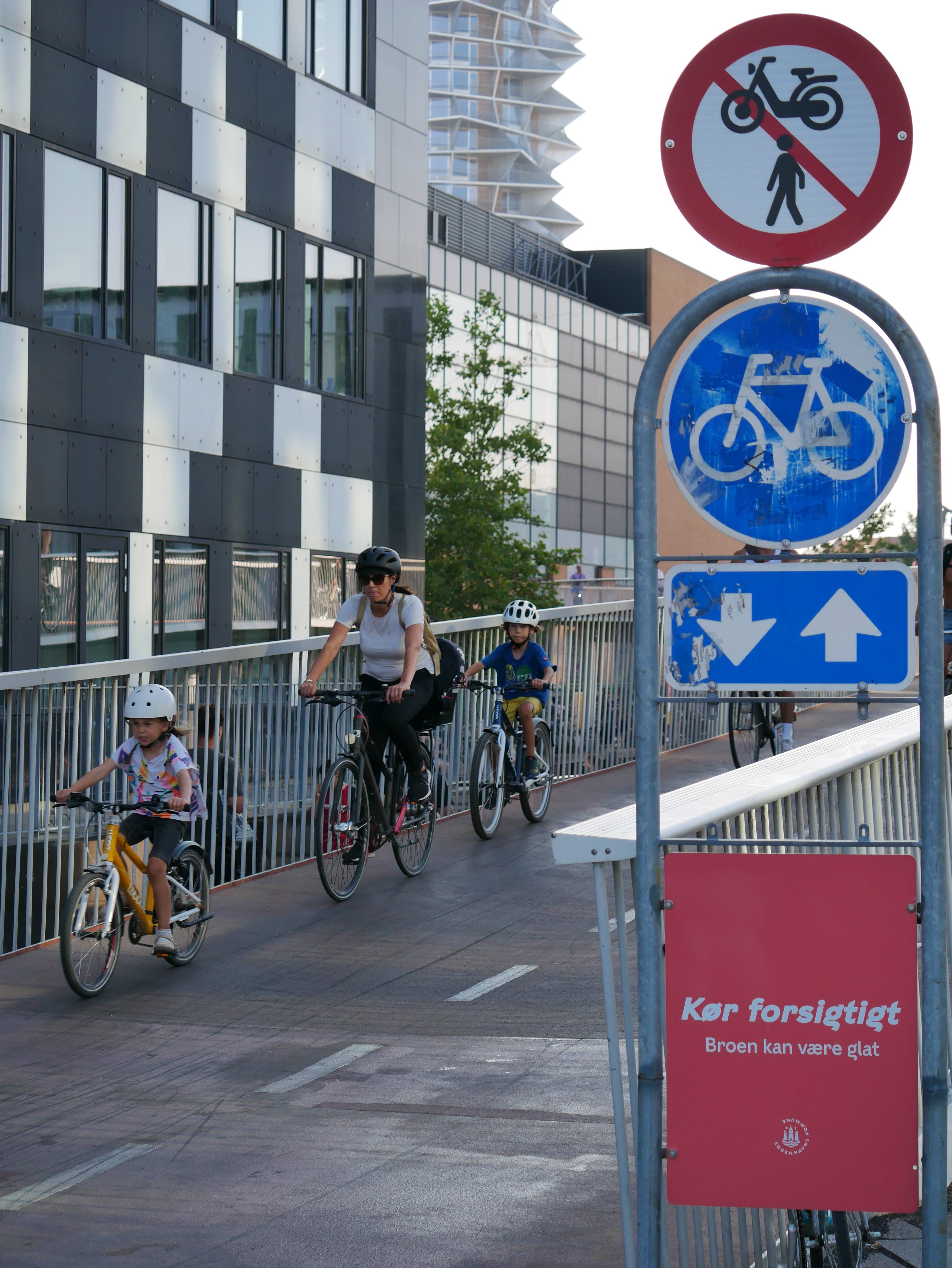
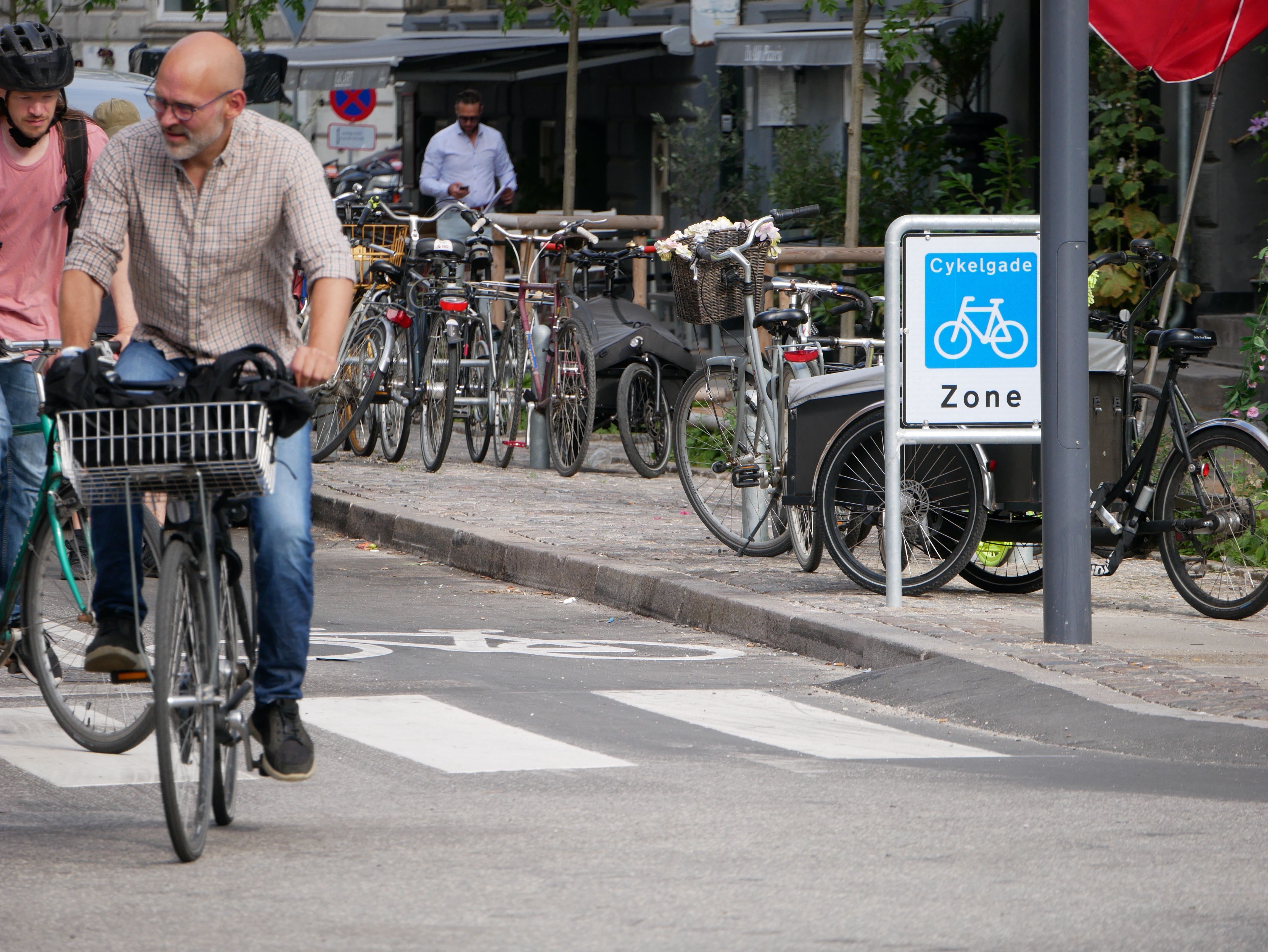
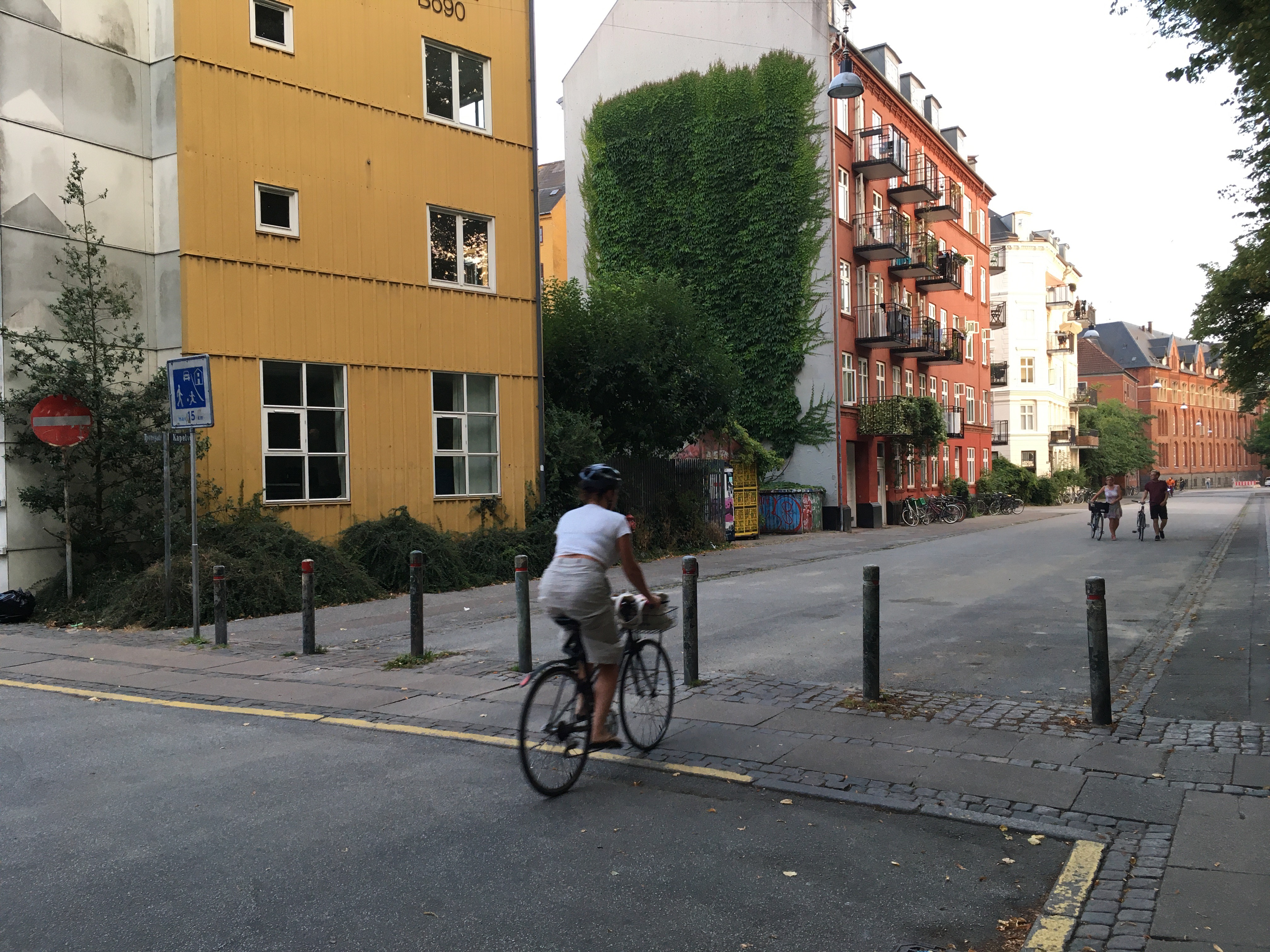
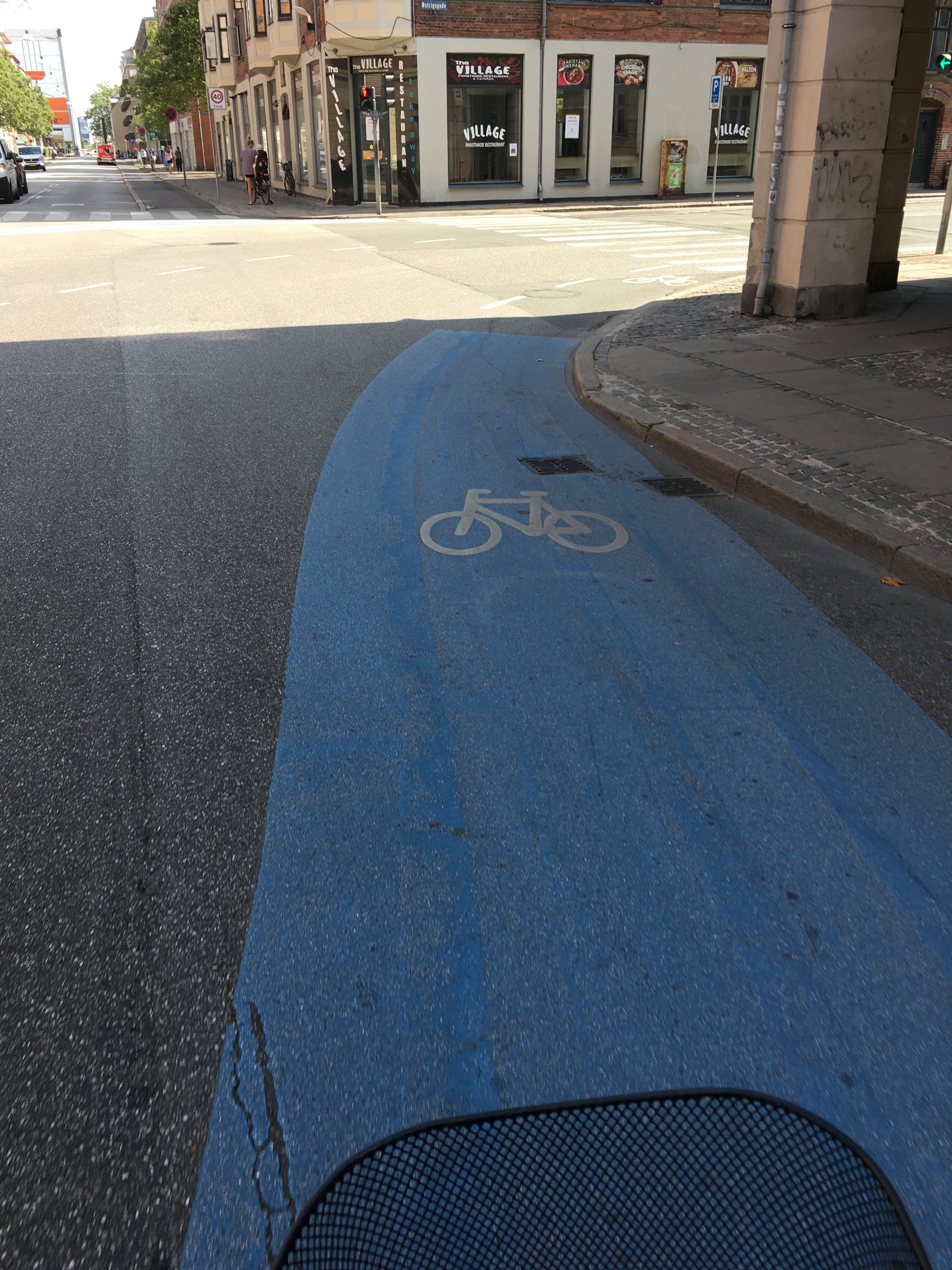
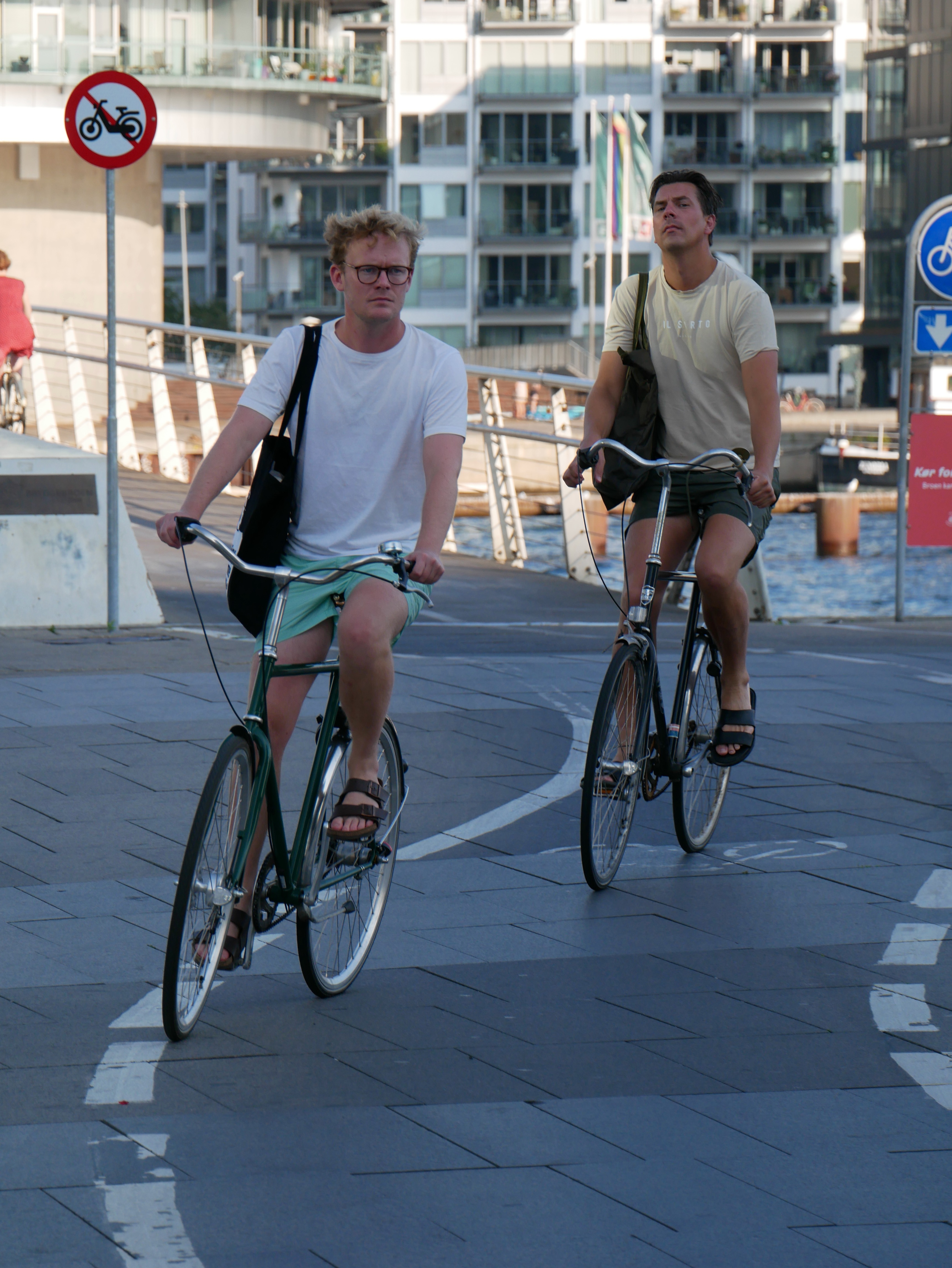
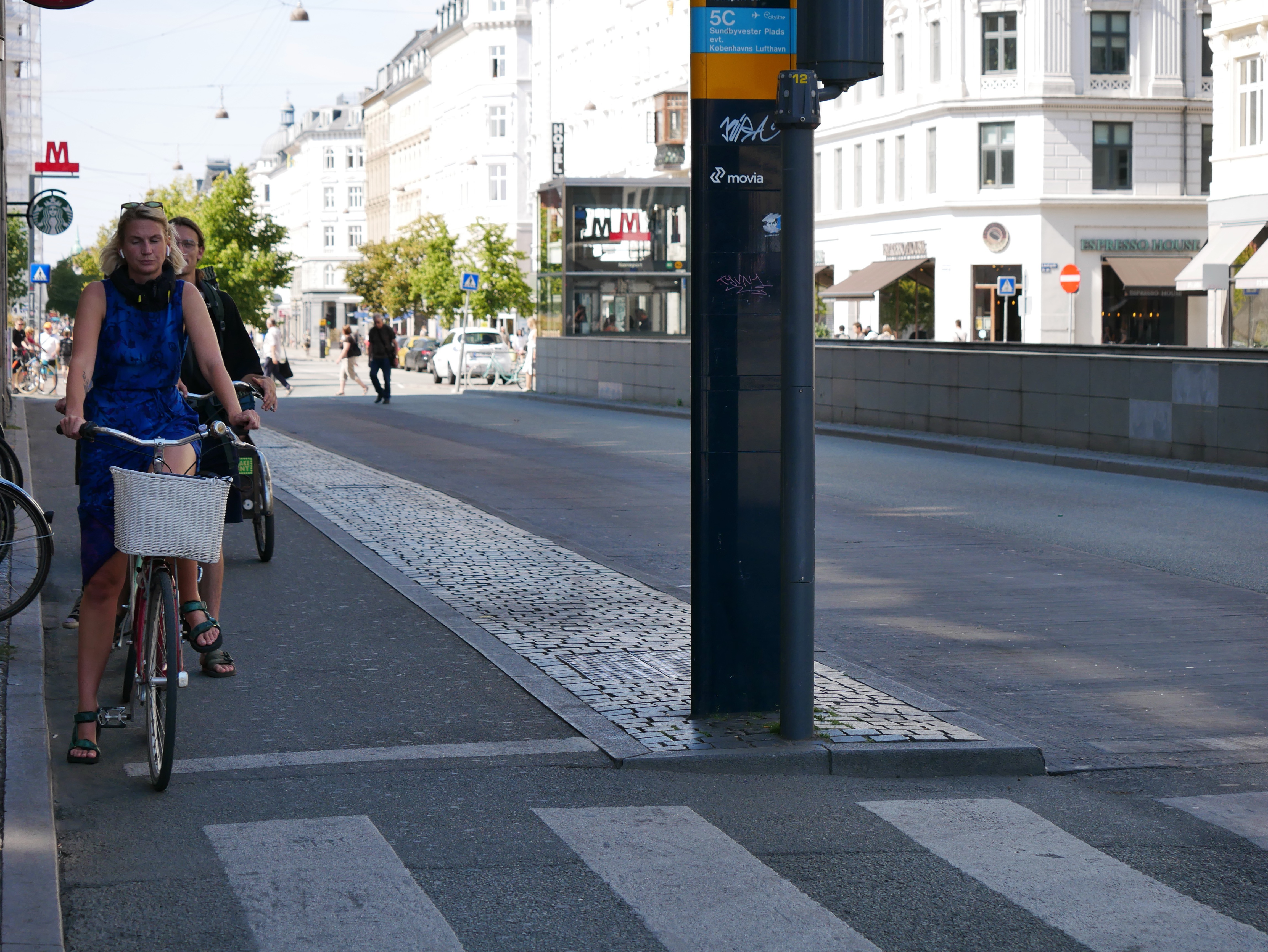
I experienced the Copenhagen Left or Hook Turn, a two-stage sequence to do the equivalent of our right turn. I can see why it’s not regarded highly but cycling amongst numerous others meant it was just fitting in rather than dangerous. I can see how alternatives could be better though.
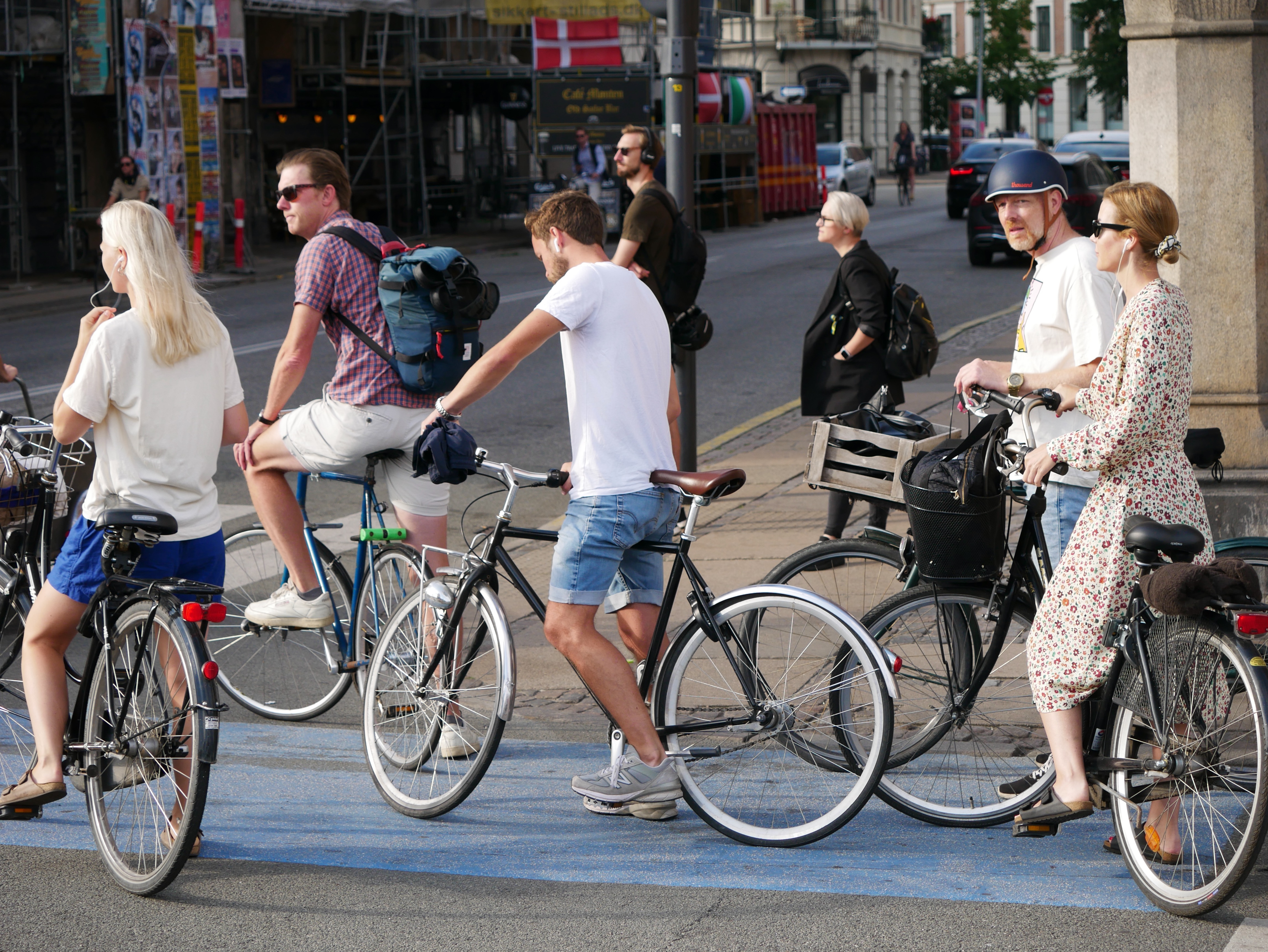
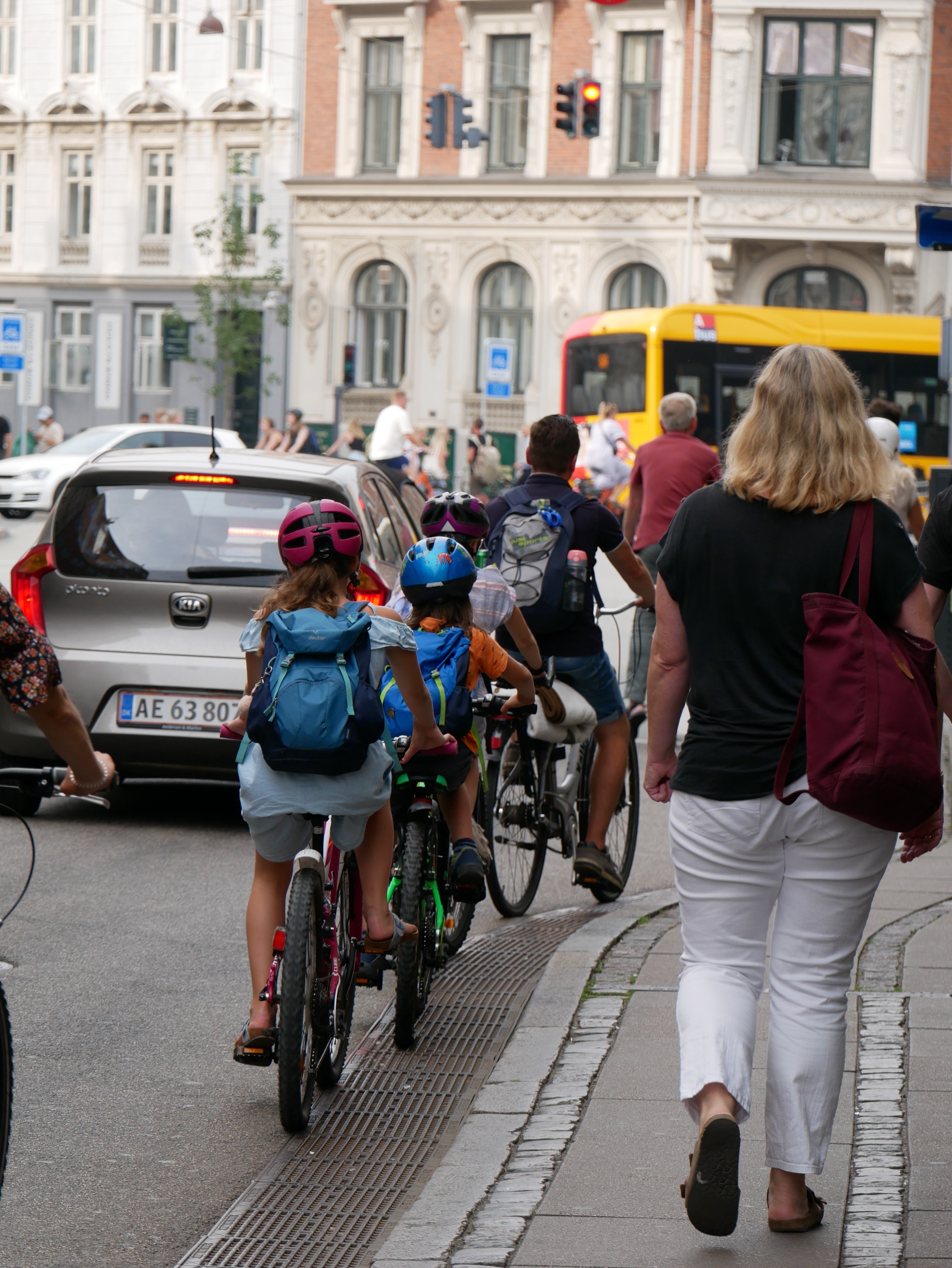
There was an enormous variety of types of cycle and a refreshing majority in their ordinary clothes. Cycle helmets were a rarity. Postal deliveries and graffiti removal made use of cargo bikes as well as numerous child carrier machines.
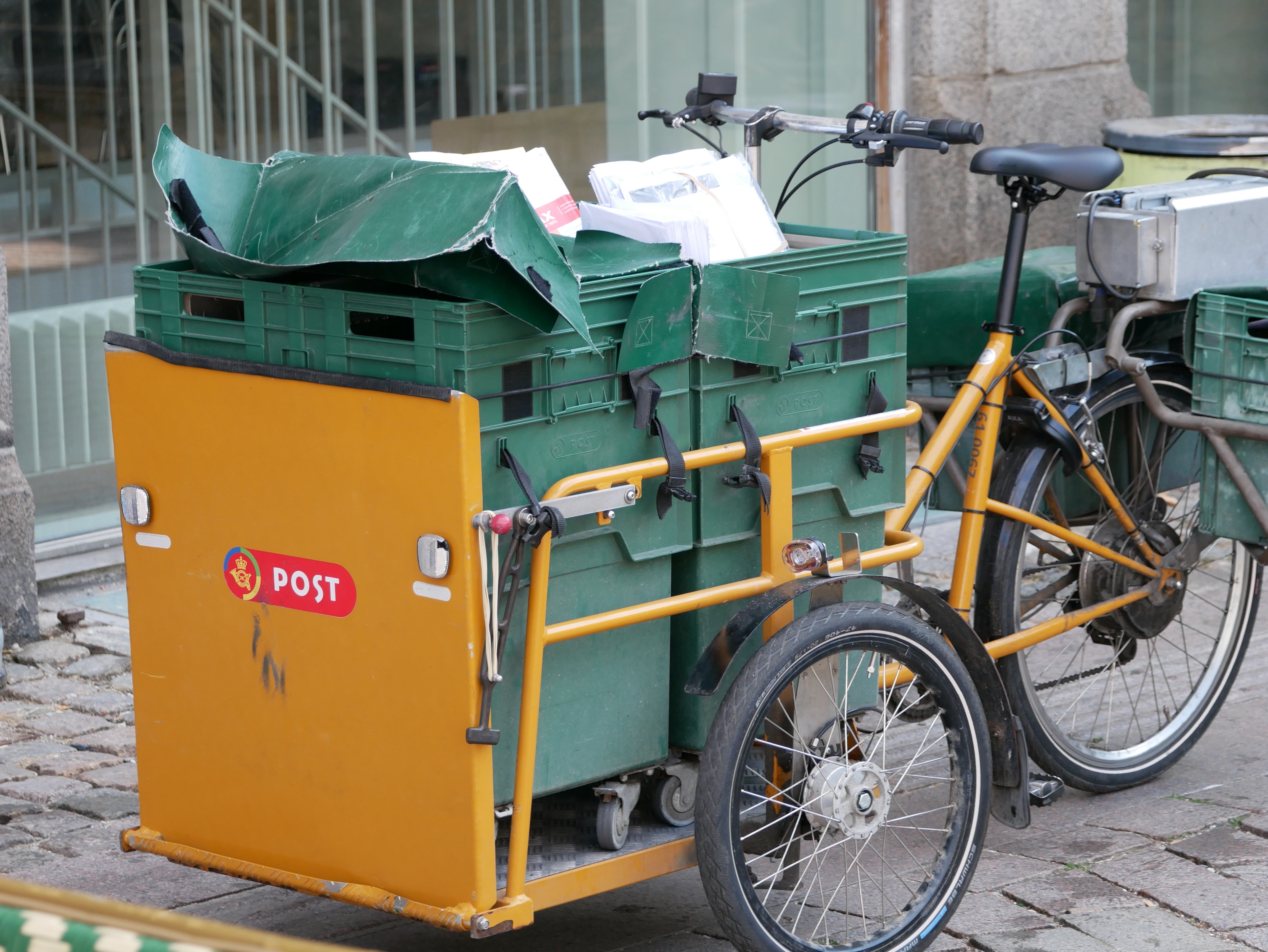
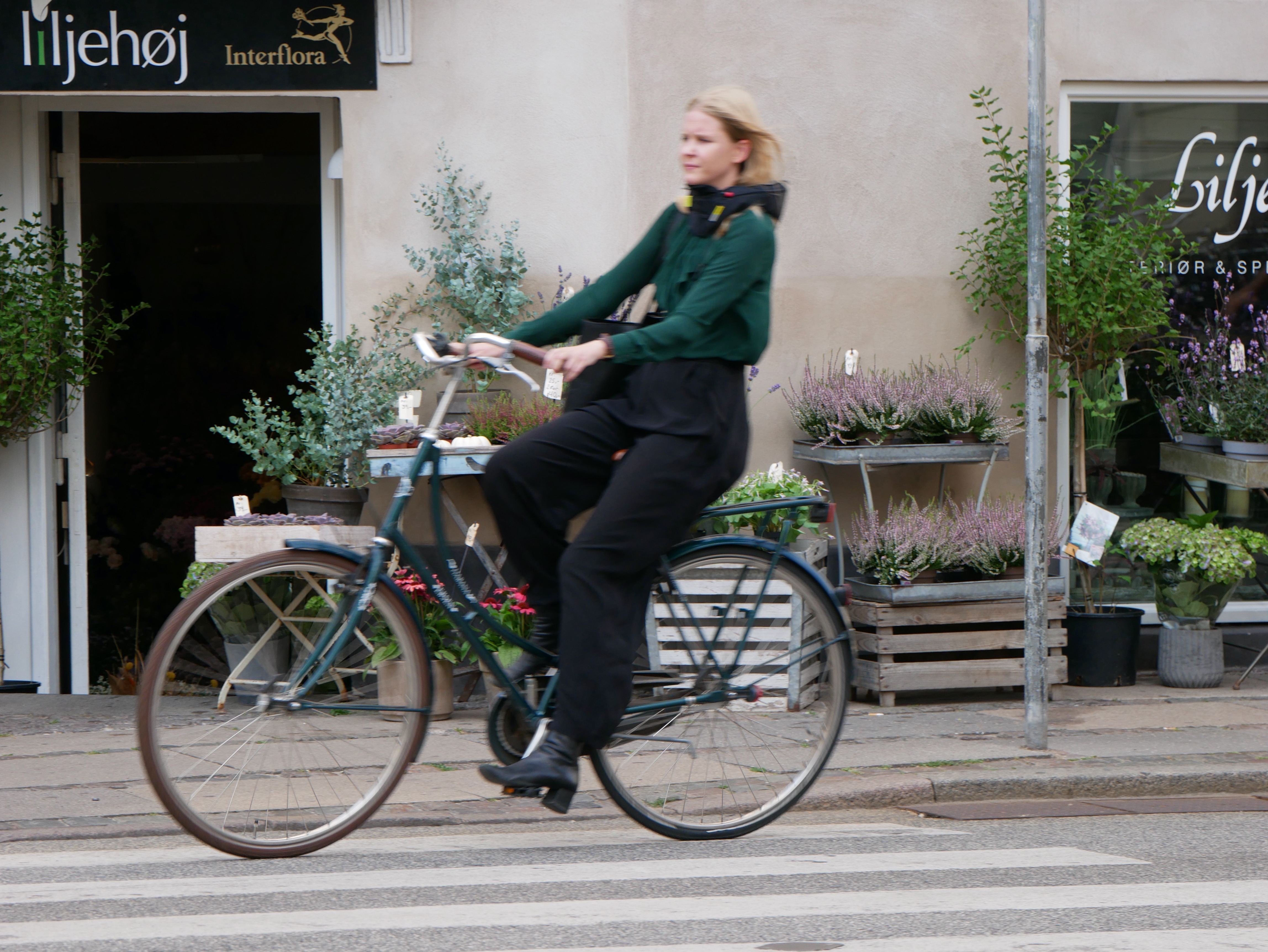
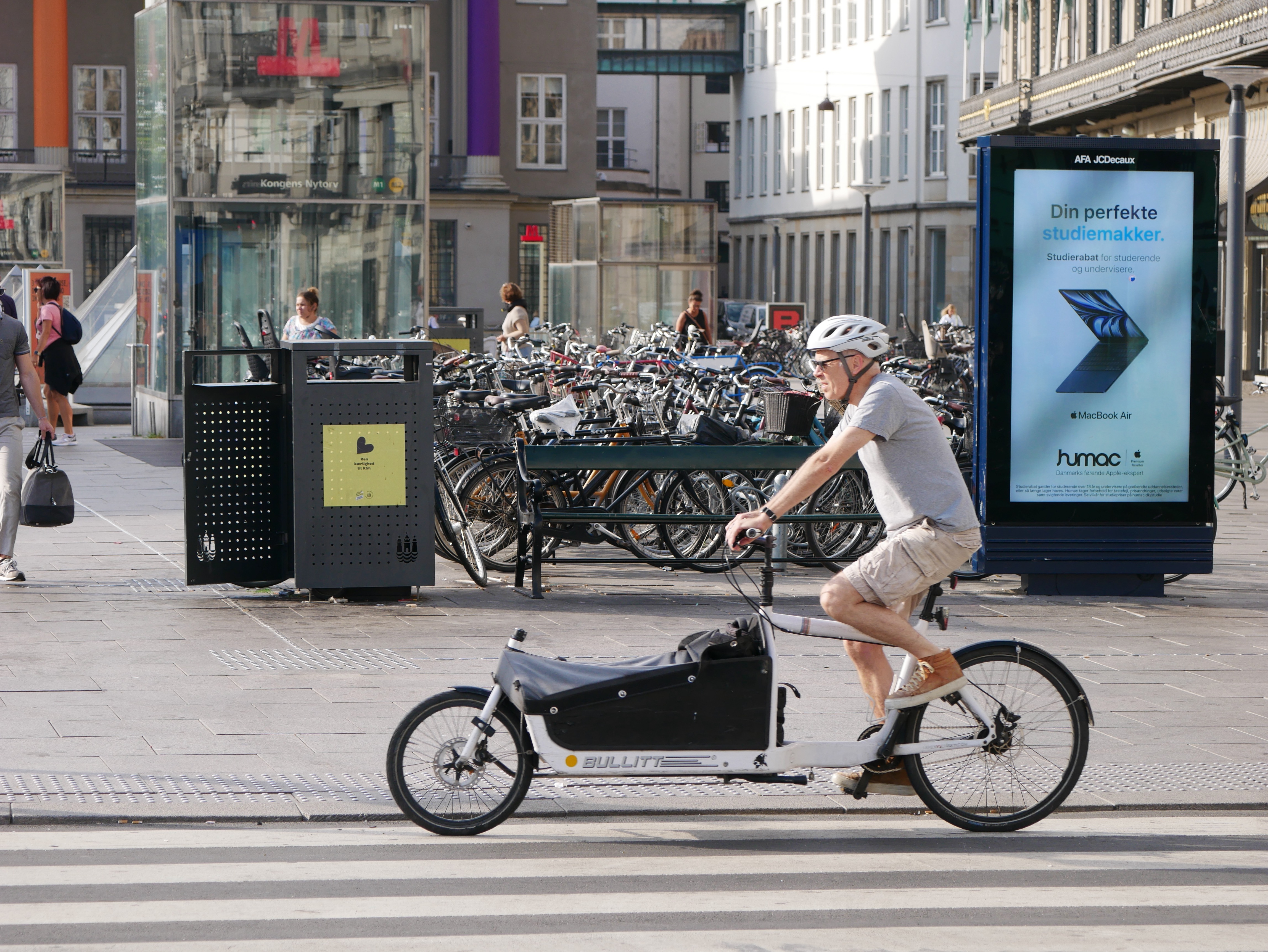
These were people travelling to their destination with minimal adjustment to make it practical to be on a bicycle. There appeared to be a technique used for avoiding long, floaty dresses becoming caught in the bicycle, an elegant loose knot it seemed.
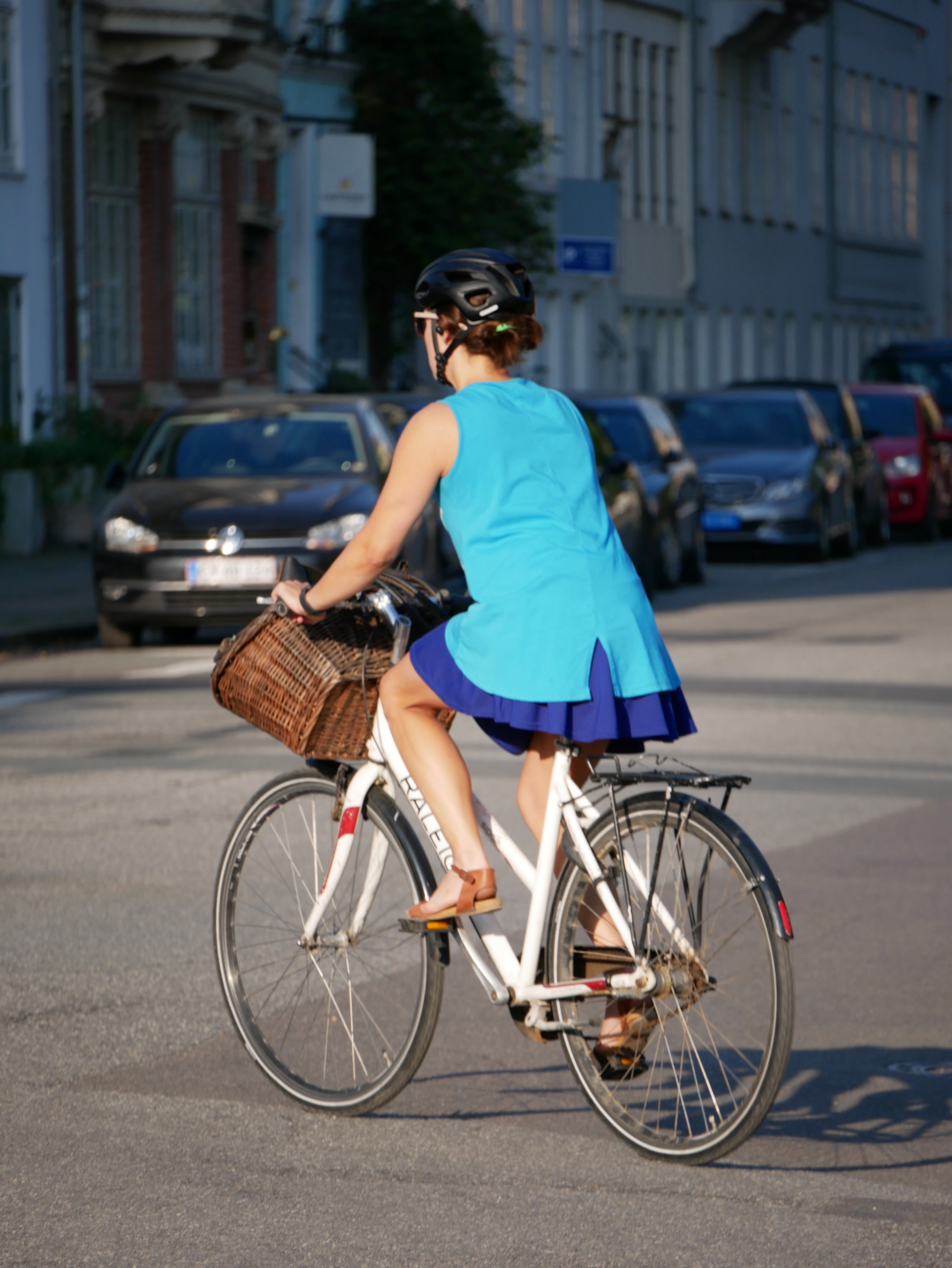
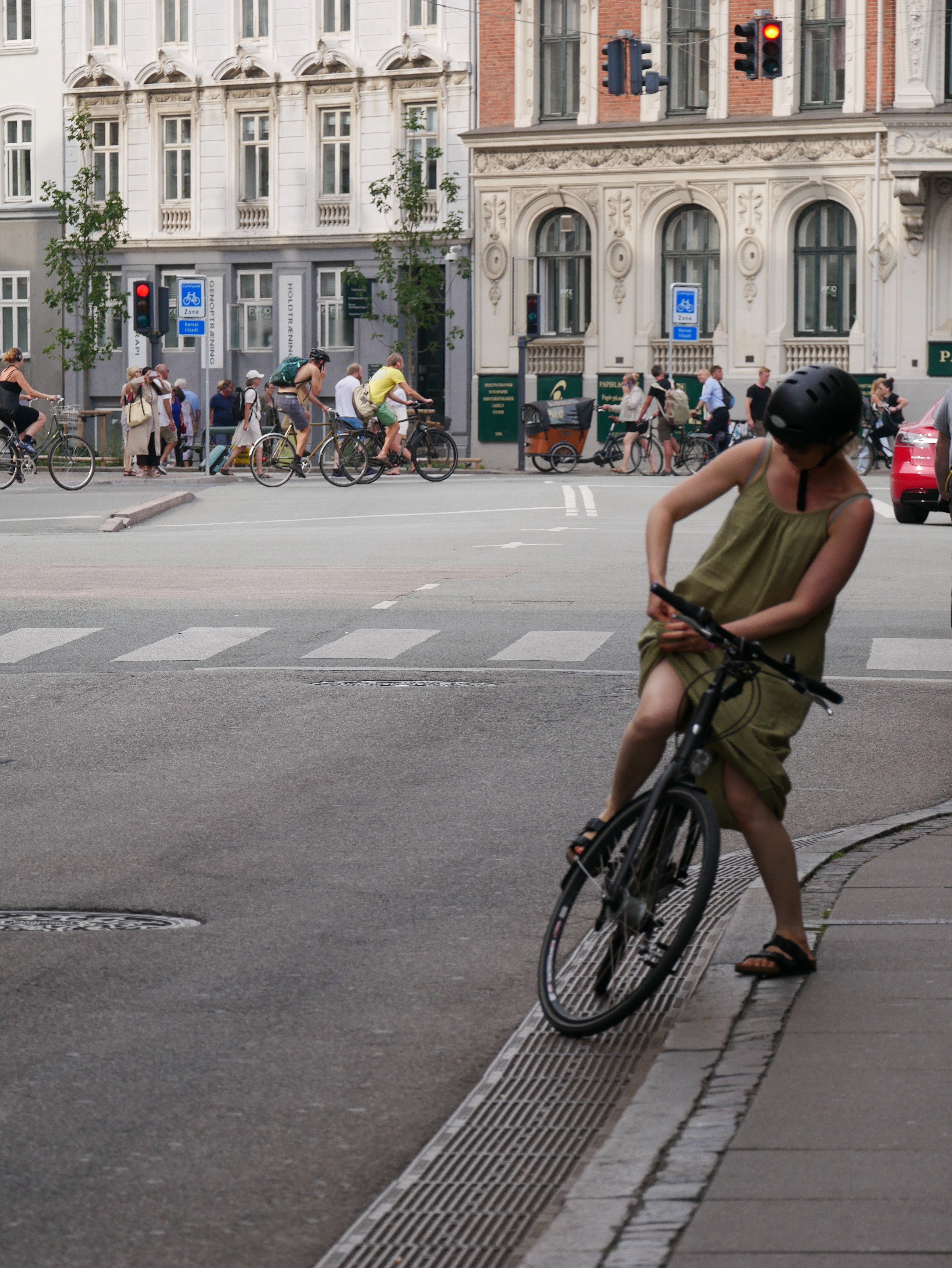
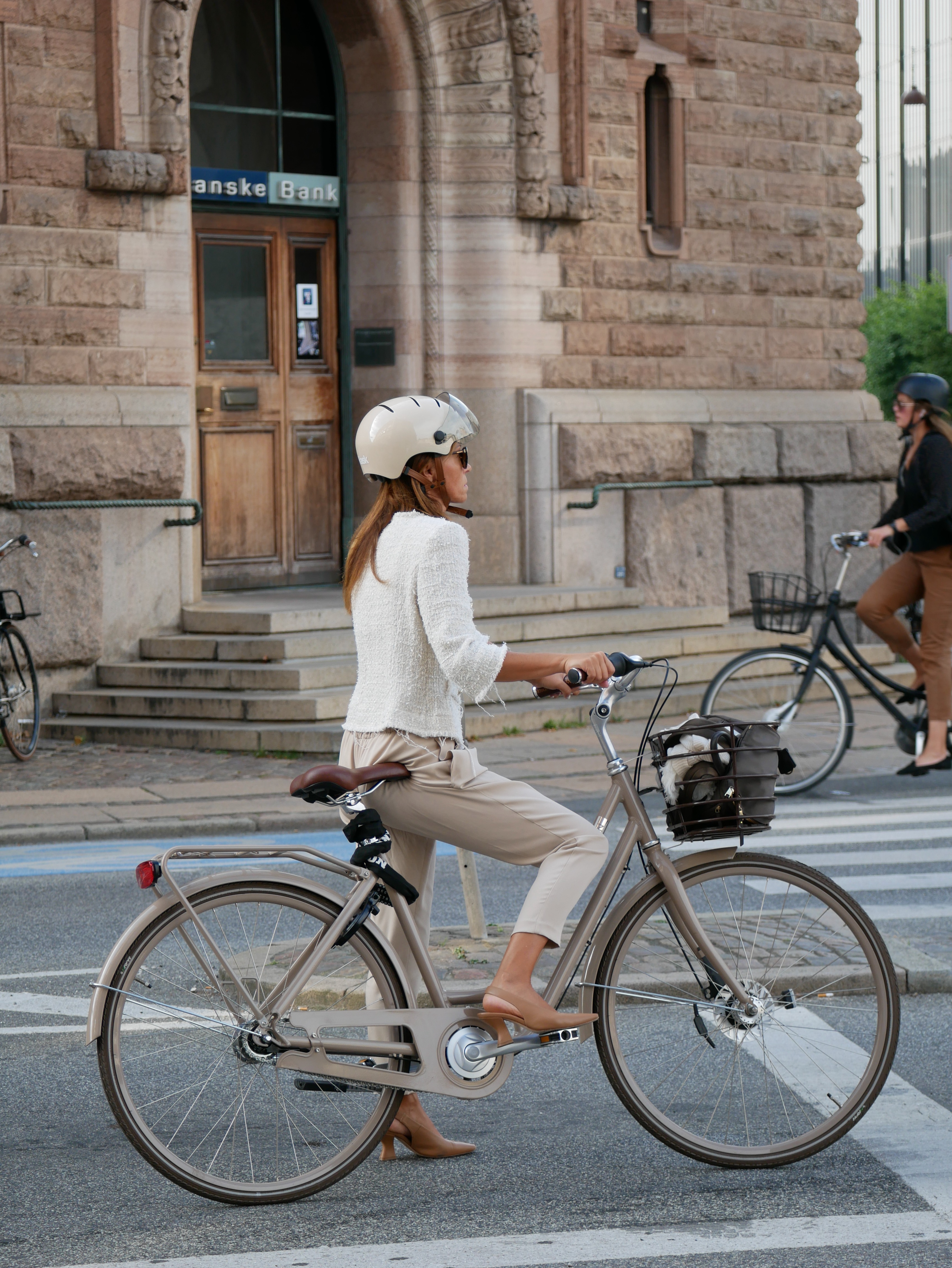
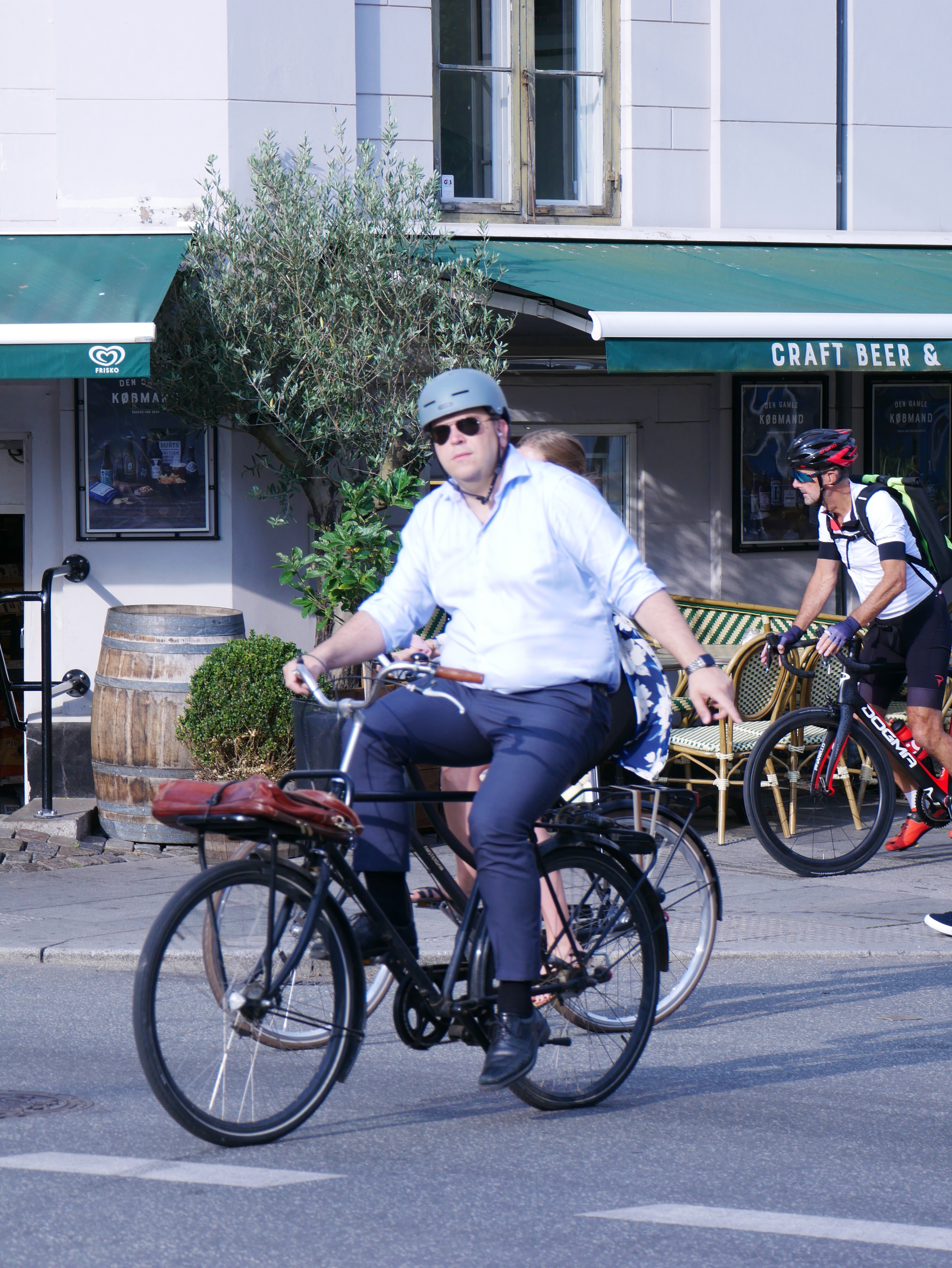
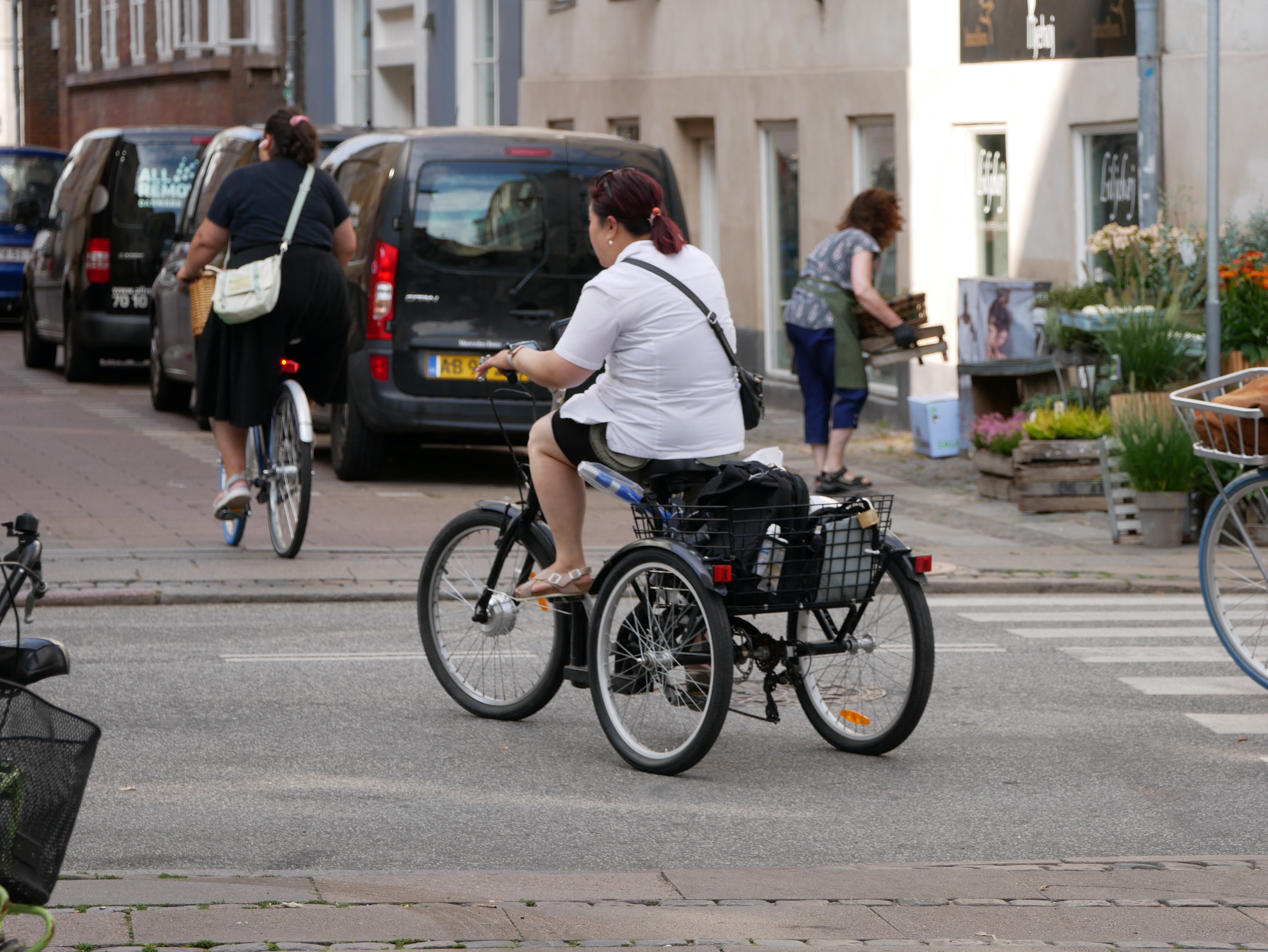
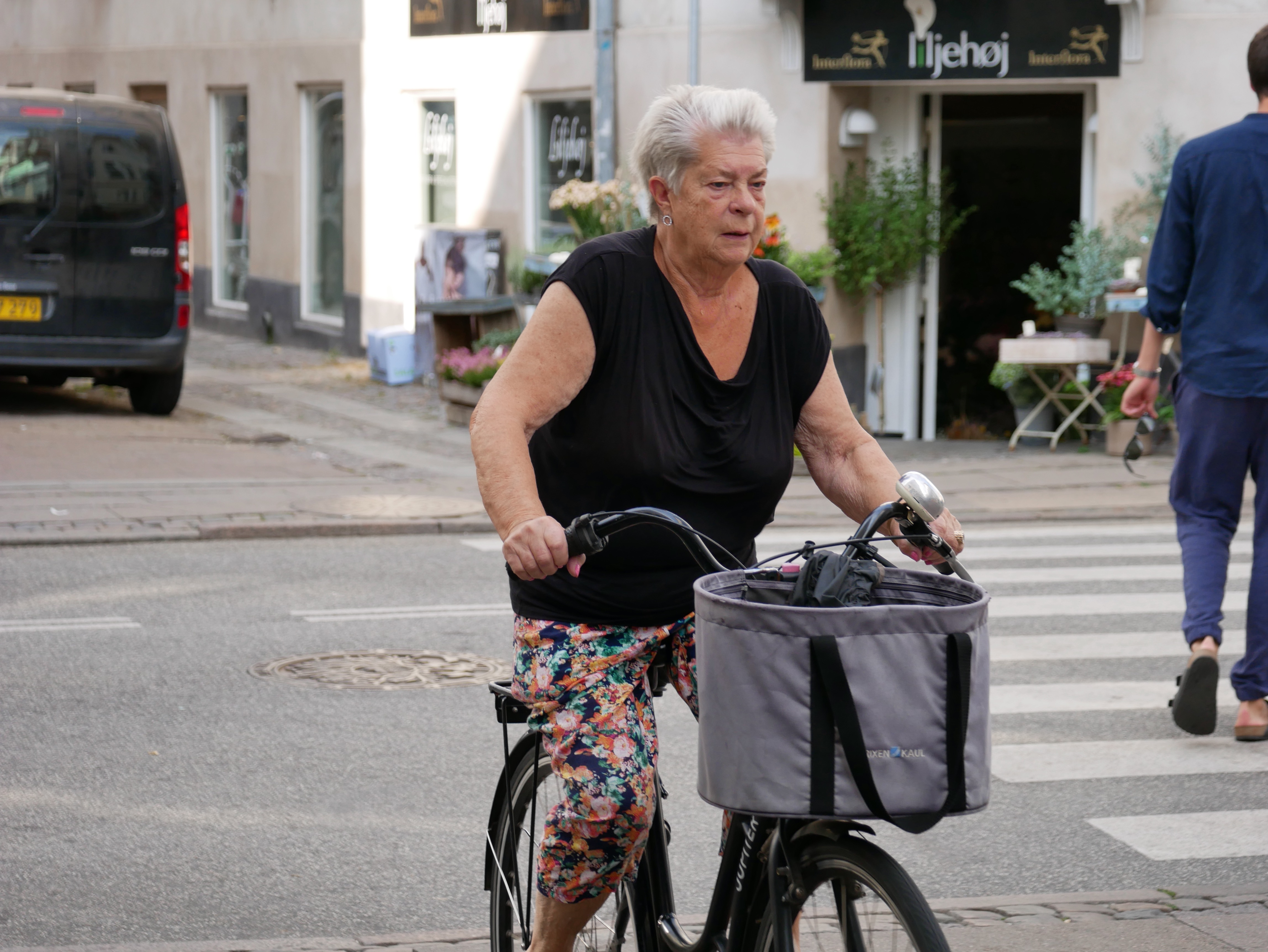
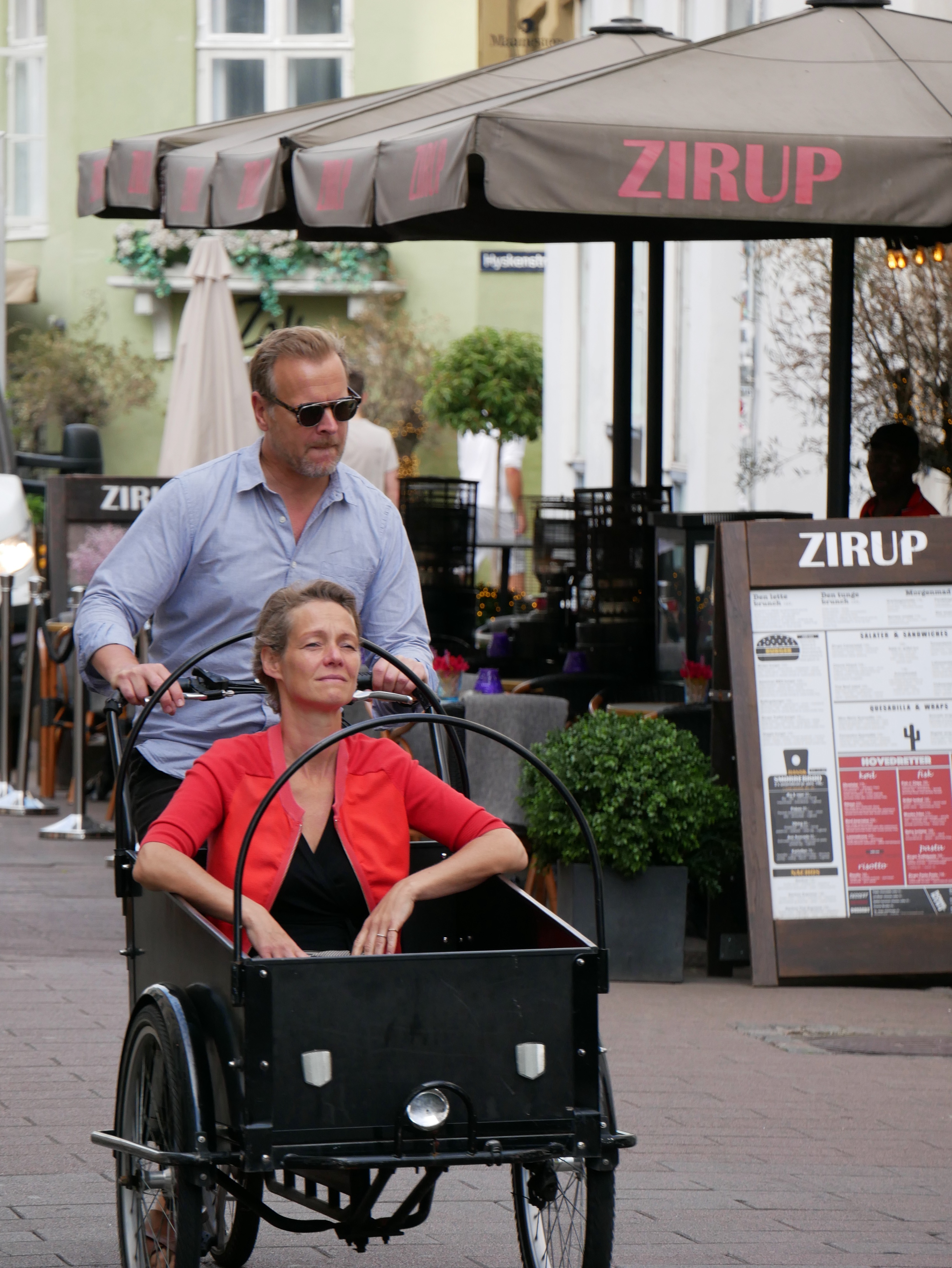
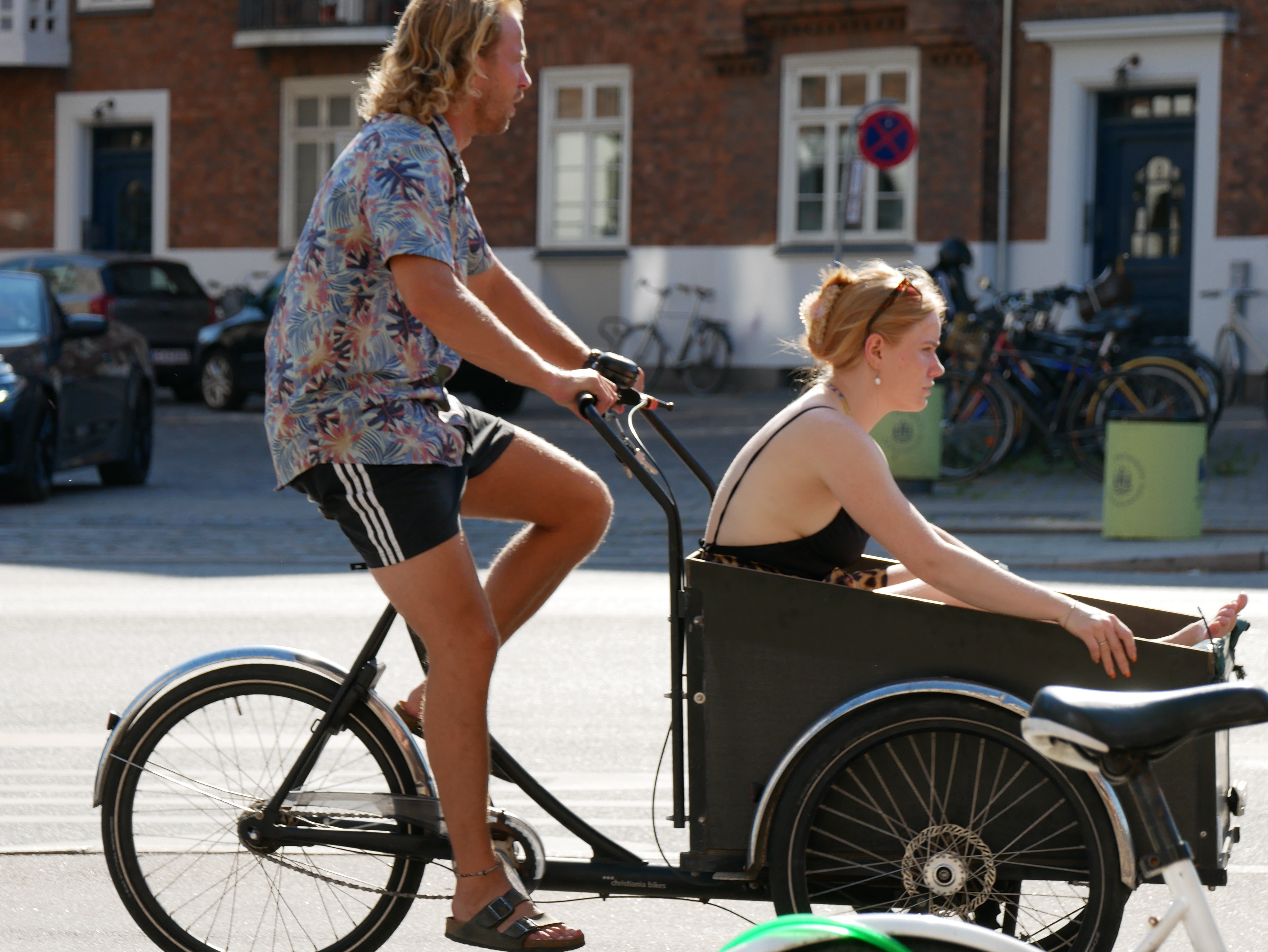
What could people dealing with cycling matters in Cambridge learn? Minimise the use of signs and road markings to just those needed. Make them standard and applied in a uniform fashion. Build an ethos through communication about the success of cycling and the benefits already being accrued. Don’t try to make everywhere work for everyone - despite its failings the Copenhagen Left is an acceptance of compromise being required. Make a network with joined up cycle paths; make it clear what is expected when a cycle path has to end. Ensure continuity of cycling routes even when there are building works or roadworks. Promote the normality of cycling.
(Published in CamCycle magazine Winter 2022)